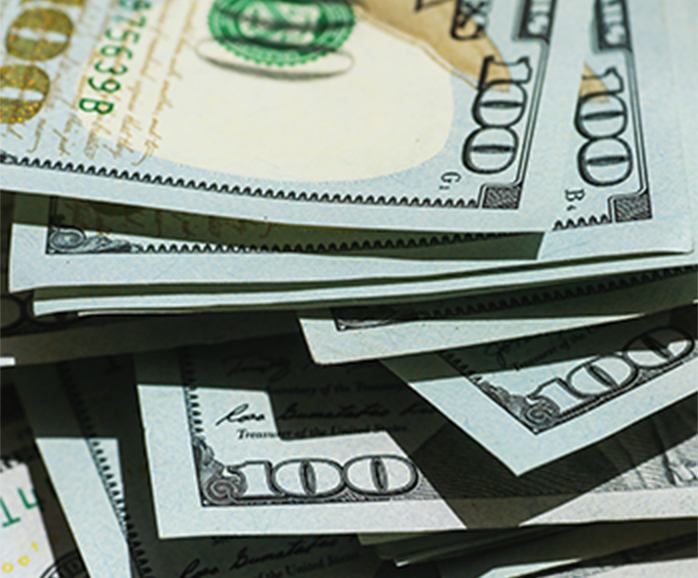By - December 6, 2018
Categories: Balance Sheet, Financial Reports, General
There can be a lot of confusion when it comes to all of the different financial reports that a business needs to look at in order know if it is operating at peak performance. The balance sheet is just one of the top three financial reports that every business owner should be looking at. The Income Statement and the Statement of Cash Flows are the other two key reports that every business should be looking at on a regular basis and the combination of these three reports creates a complete look at the financial health of your business. Today, however, we are just going to cover the ins and outs of the balance sheet.
All in all, the balance sheet is a report showing the assets (what you own), the liabilities (what you owe) and the equity (what’s left over) of the business. This is like a snapshot of where the business is at one point in time.
Two key numbers to take a look at when looking at the balance sheet are to make sure that the total assets are equal to the liabilities and equity (assets = liabilities + Equity). This is where the name balance sheet comes from, to make sure that everything is in balance.
 Assets
Assets
At the very top of the balance sheet is where the assets are listed. These are a collection of what the business owns, whether that’s cash, cars, equipment, buildings, furniture or inventory. There are many different things that can be considered an asset to a business.
One other note to make about the balance sheet is how the assets are listed. The assets on the report are listed in order of how liquid they are. What does that mean? An asset is more liquid than another asset if is more easily turned into cash. This is why cash accounts and bank accounts are listed at the top, because they already are in cash form. A building is listed towards the bottom because it’s not so easy to turn that building into cash.
Liabilities
Below the assets on the balance sheet is where the liabilities live and this section is where you can find the debts of the business. These kinds of debts could be considered mortgages, credit cards, taxes or any kind of loan that the business has taken out.
There are two types of liabilities that a business can have, short term and long term. Short term liabilities are debts that the business will repay within one year and usually include items as taxes, credit cards or short term loans for business operation. Long term liabilities are debts that the business will repay over the course of several years and usually include mortgages, vehicle or equipment loans, and could include credit cards.
 Equity
Equity
The last and final section on the balance sheet shows the equity. The equity can be referred to as what’s left over after subtracting the liabilities from the assets. The kinds of accounts that live in this section are contributions or withdrawals from the owners of the business, retained earnings and net income.
Retained earnings are the accumulation of what the business has earned over the course of the entire business that has not been distributed out to shareholders or owners.
The net income on the balance sheet is the number that comes directly from the Profit and Loss statement and shows the amount of net profit or loss of the business over the course of the current year.
Takeaways
Now that you have an idea of how to understand a balance sheet you can use your accounting software to run a report to see what your business owns, what it owes and what is left over. You can also use this tool to run a comparison of where your business was the year before to compare progress over the last year and to create ideas on where your business wants to go in the future.
Here at Three Rivers Bookkeeping, we prepare a balance sheet on a monthly basis for all of our clients so that they can keep up to date on the financial stance of the business.
If you have any questions, we are always here and willing to answer any questions that you might have concerning all of your profit advising and bookkeeping needs.

